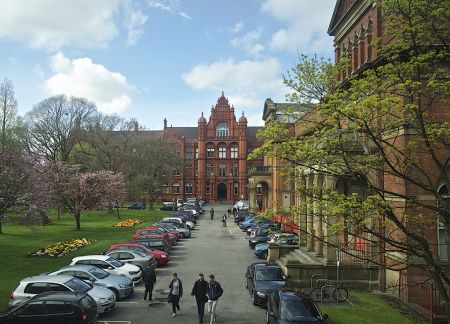
Can we stop the rot of UK's trees?
Tuesday 12 September 2017
BETTER forecasts of disease outbreaks affecting trees can be made by combining observations from amateurs with official survey data, a study suggests.
Scientists from Rothamsted Research, the University of Salford and Forest Research set out to understand the causes and distribution of acute oak decline (AOD) in England and Wales.
Researchers developed a mathematical model to analyse reports from members of the public about AOD affected trees in gardens, parks and on nature trails, and found their help was ‘crucial’ and could have a huge impact on the design of future surveys.
Dr Stephen Parnell, a lecturer in biology and environmental management at the University of Salford, said: “Citizen science is an exciting way to boost numbers on the ground, but we also need a way to make some sense of the numbers that come back.
Predicting disease
“This study shows that information from the public can be successfully integrated into mathematical ways of predicting where disease is.”
Reports from the public are often tainted with ‘inherent bias’ – meaning they tend to be collected at convenient times and places,rather than a random sample.
But Nathan Brown, a biologist at Rothamsted insists: “Volunteers can contribute to an early warning system for pests and diseases, and our findings suggest their discoveries can also be used to define the distribution of affected woodland.”
The work helps officials estimate and predict the locations of vulnerable trees and hastens action to protect trees or isolate pathogens,potentially saving thousands of trees and the ecosystems they sustain.
The project received funding from the Department for Environment, Food & Rural Affairs and the Forestry Commission.





